Inside Buda Castle, travelers won’t find a throne room, grand halls, or royal emblems. Instead, they’ll discover the Hungarian National Gallery — a cultural gem showcasing over a thousand years of Hungarian and European masterpieces.
History
The Hungarian National Gallery was founded in 1957 to centralize and showcase the nation’s vast art collections — paintings, sculptures, medals, drawings, and prints — under one roof. In 1975, the collection was relocated to Buildings B, C, and D of Buda Castle and expanded with artworks from the Department of Old Hungarian Art. This marked a milestone in Hungarian cultural history as art representing all its history, from the 11th century to the present, was brought together in a single location.
The Hungarian National Gallery expanded further in 2005 when it acquired Buda Castle’s Building A, providing additional exhibition space. Today, the Hungarian National Gallery spans four castle buildings, where masterpieces by international greats such as Monet, Cézanne, and Pissarro are displayed alongside works by celebrated Hungarian artists, including Mihály Munkácsy.
Visiting the Hungarian National Gallery
After my Rick Steves’ Europe Best of Prague & Budapest tour ended, I stayed an extra day in Budapest to visit the Hungarian National Gallery and a few other sites not included in the tour. I love exploring art museums, so naturally, this was one of the trip’s biggest highlights. Sadly, due to other commitments that day, I had insufficient time to visit the Palatine Crypt or the observation deck in the dome.
My recommendation, especially if you have limited time, is to review the museum map before your visit to get a sense of which exhibits are a must-see for you. I spent a little over an hour at the Hungarian National Gallery and was able to view most exhibits on floors 0 and 1. However, I should note that I was power-walking through the museum, as I was in a bit of a rush!
Getting to the Hungarian National Gallery is a bit of an adventure. The first step is to take public transportation, especially if your hotel is on the Pest side of the city. Second, you need to make your way up the hill to get to the museum, either by walking or riding the funicular. And if you’re like me, maybe get lost between step one and two!
For me, the public transportation aspect of the journey took about 25 minutes (metro plus bus). Now, getting to the top of the hill took another 25 minutes because I got lost! There was a construction project in the area, and the main entrance to the ramps leading to the museum was blocked off. Fortunately, I was able to locate an info booth where I was told an alternative entrance existed across the street.
The Hungarian National Gallery’s website provides extensive directions and a helpful map. If you do get lost, there is an information booth in the area, and the staff is very helpful.

If you see this mosaic (picture to the right), then you are in the correct place! It marks the entrance to the main ramps and the location of the funicular.
The ramps and stairs leading to the museum can be steep in places, but the climb is manageable. Along the way, you will be greeted with beautiful views of the city and the Danube River!

An alternative to walking is riding the funicular to the top of the hill. A ride on the funicular is not included in the Budapest transportation pass; it is an additional fee.

The Hungarian National Gallery, under the “For disabled visitors” section, provides information on how to access the elevators for those who are unable to walk or ride the funicular to the museum. Note that the museum also has a limited number of wheelchairs available to visitors at no charge.
A bonus to visiting the Hungarian National Gallery is the views from the ramps leading to the museum and the views from its balconies.
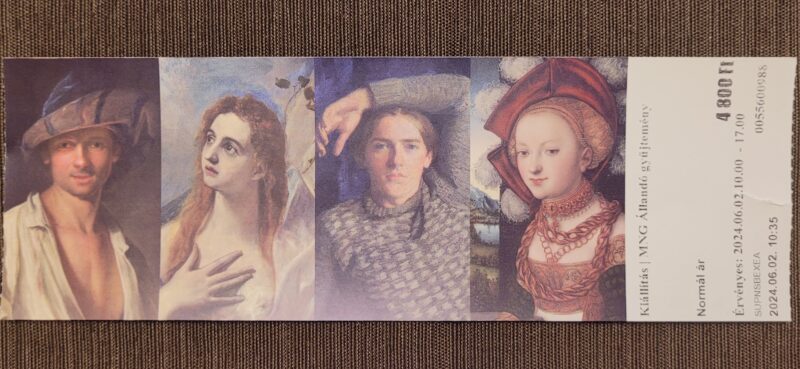
The website for the Hungarian National Gallery states that the tickets are 5200 Ft, but I was only charged 4800 Ft. I have searched several websites, and I cannot figure out the reason for the price difference.

The museum does offer discounted rates for specific age groups, families with 2 or more children, and groups of 15 or more people.
The Hungarian National Gallery has two other places within the museum that tourists can visit.
- The Dome: Visitors can climb to the dome for free and enjoy magnificent views of the city.
- Habsburg Palatine Crypt: The Habsburg Palatine Crypt can only be visited via a guided tour for an additional fee of 20,000 HUF. Tour arrangements must be made at least once a week before your visit.

I was interested in visiting the Habsburg Palatine Crypt, so I emailed the museum to get more information. The museum staff was responsive, and it was easy to schedule a tour. Based on the emails, I understood the 20,000 HUF fee to be per group, not per person. Sadly, the museum changed the start time for the tour, and I was not able to participate in the tour.
Travel Tip
The Hungarian National Gallery is situated on Castle Hill, approximately one mile away from Matthias Church and Fisherman’s Bastion. Given the proximity of these sites, I recommend visiting them on the same day. This will help you cut down on travel time, especially if your hotel is on the other side of the river. There are several other nearby sites, including the Hospital in the Rock and the Budapest History Museum.
Resource
To learn more about the museum and to plan your visit, check out the Hungarian National Gallery’s website.

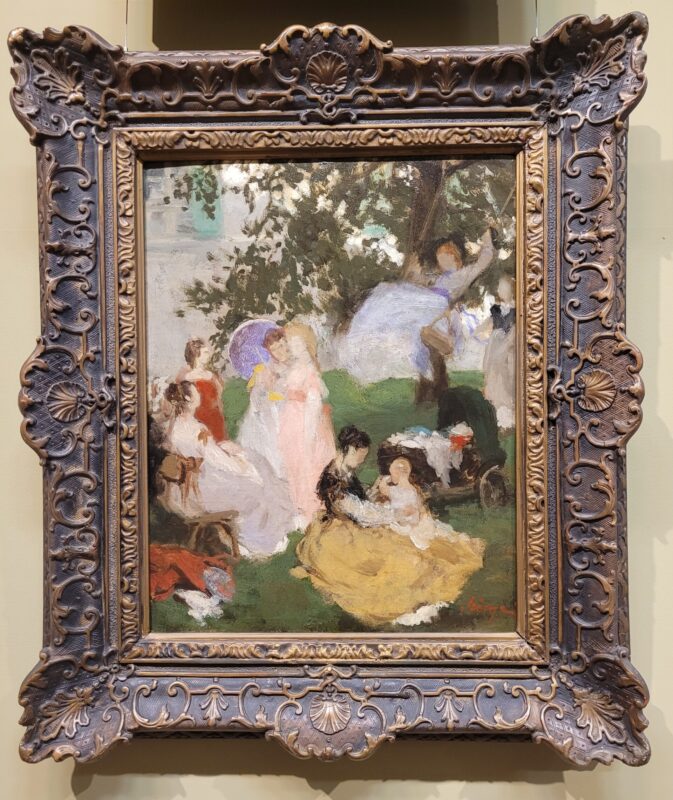
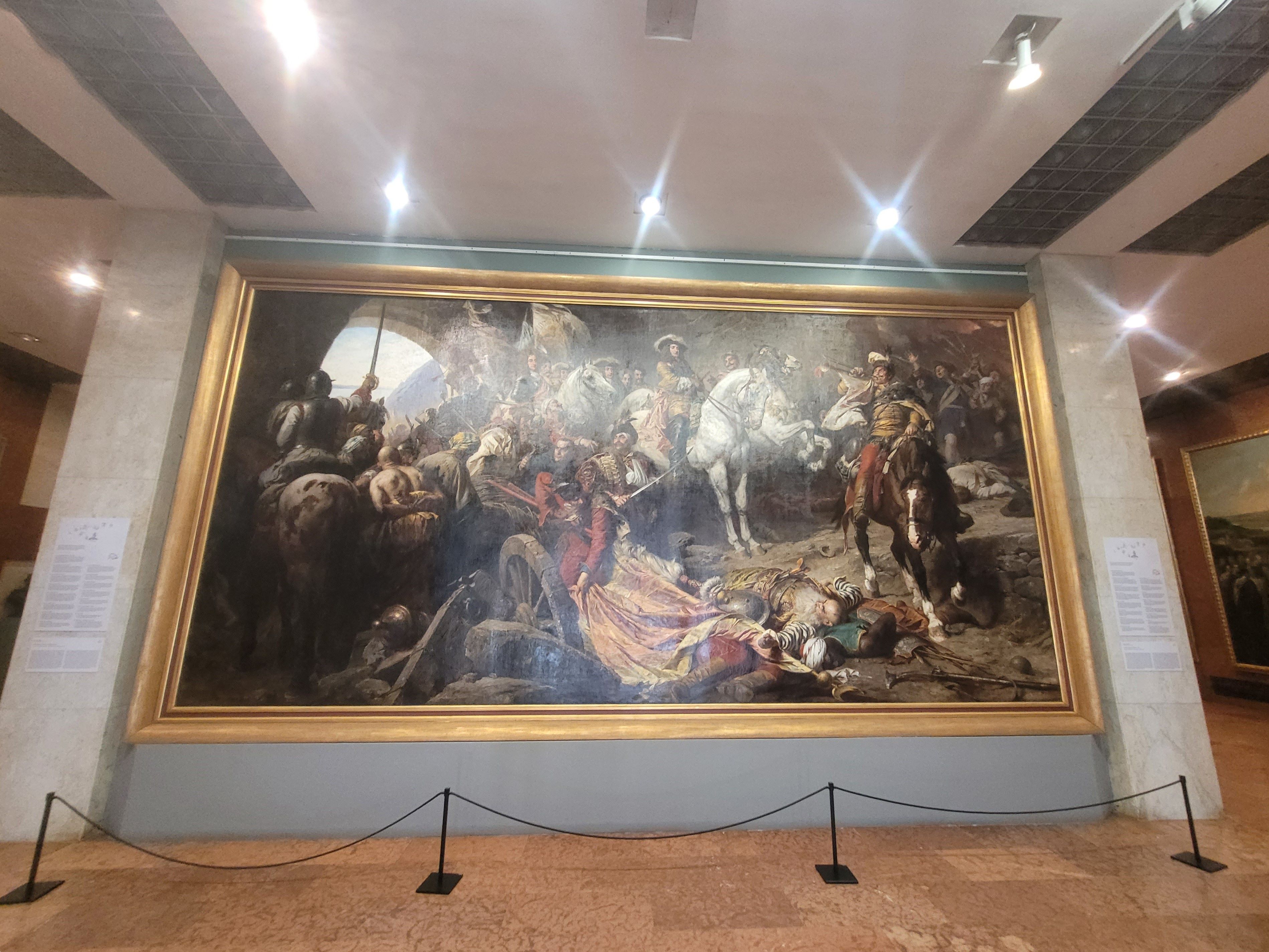
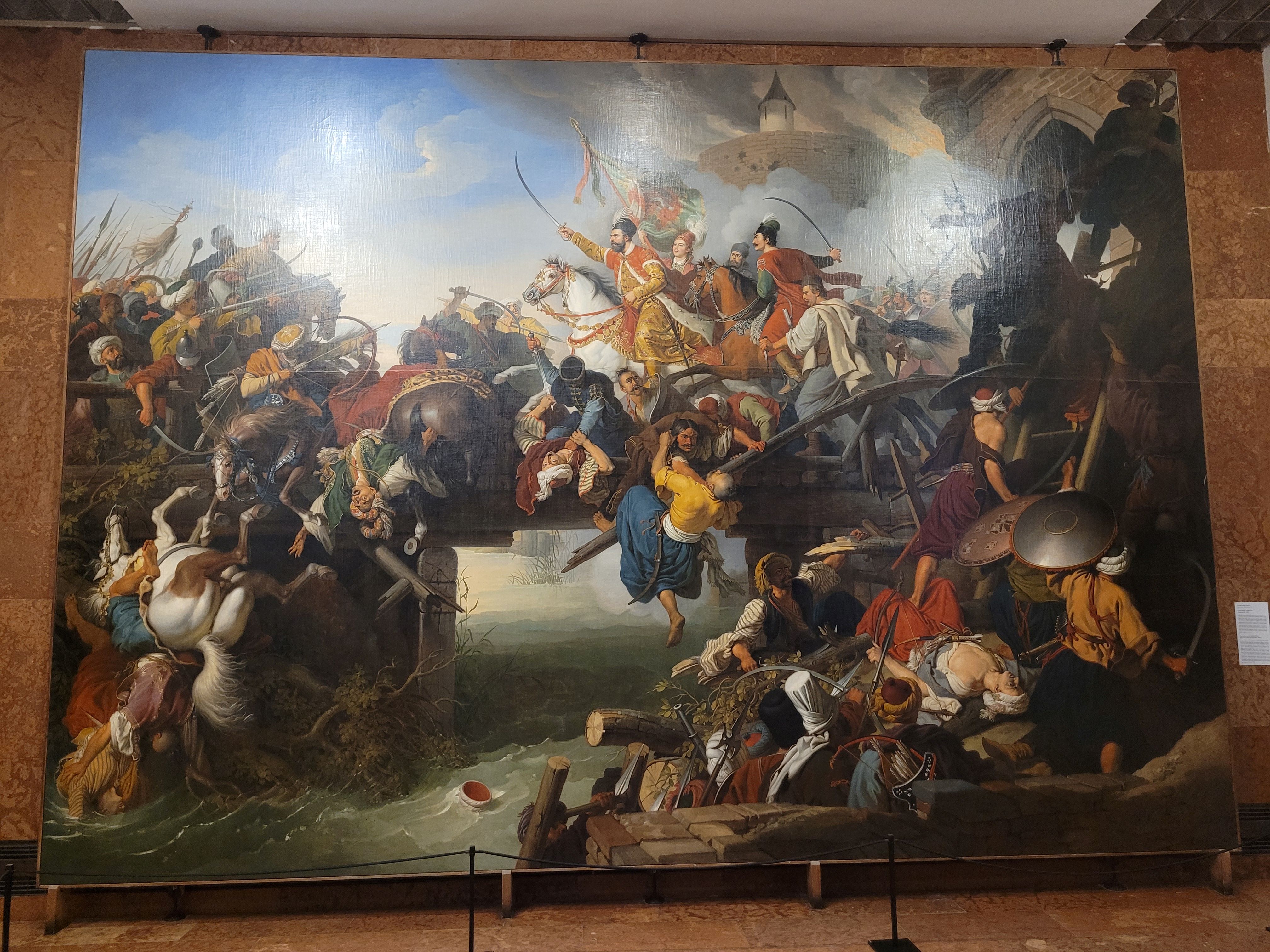
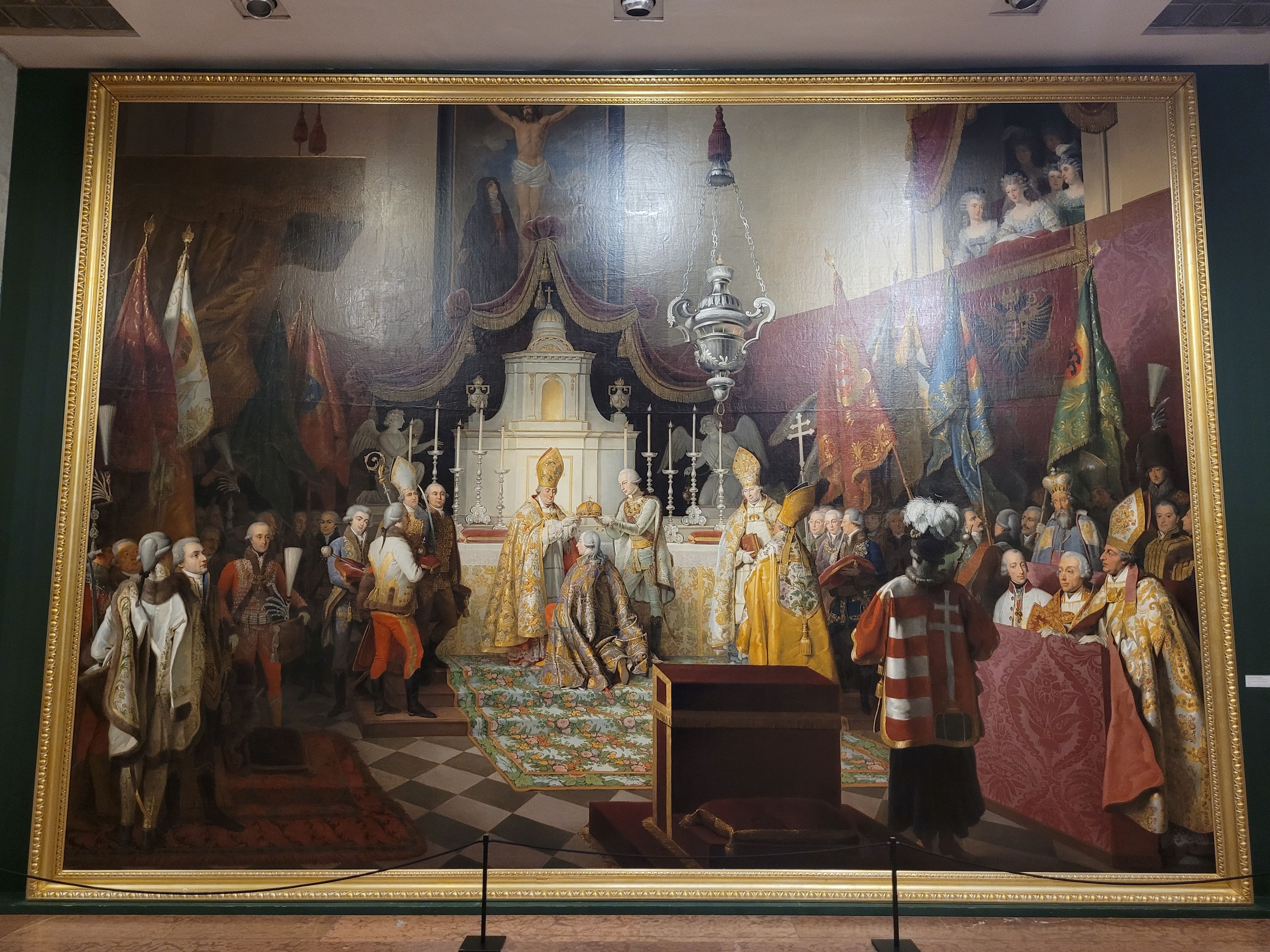
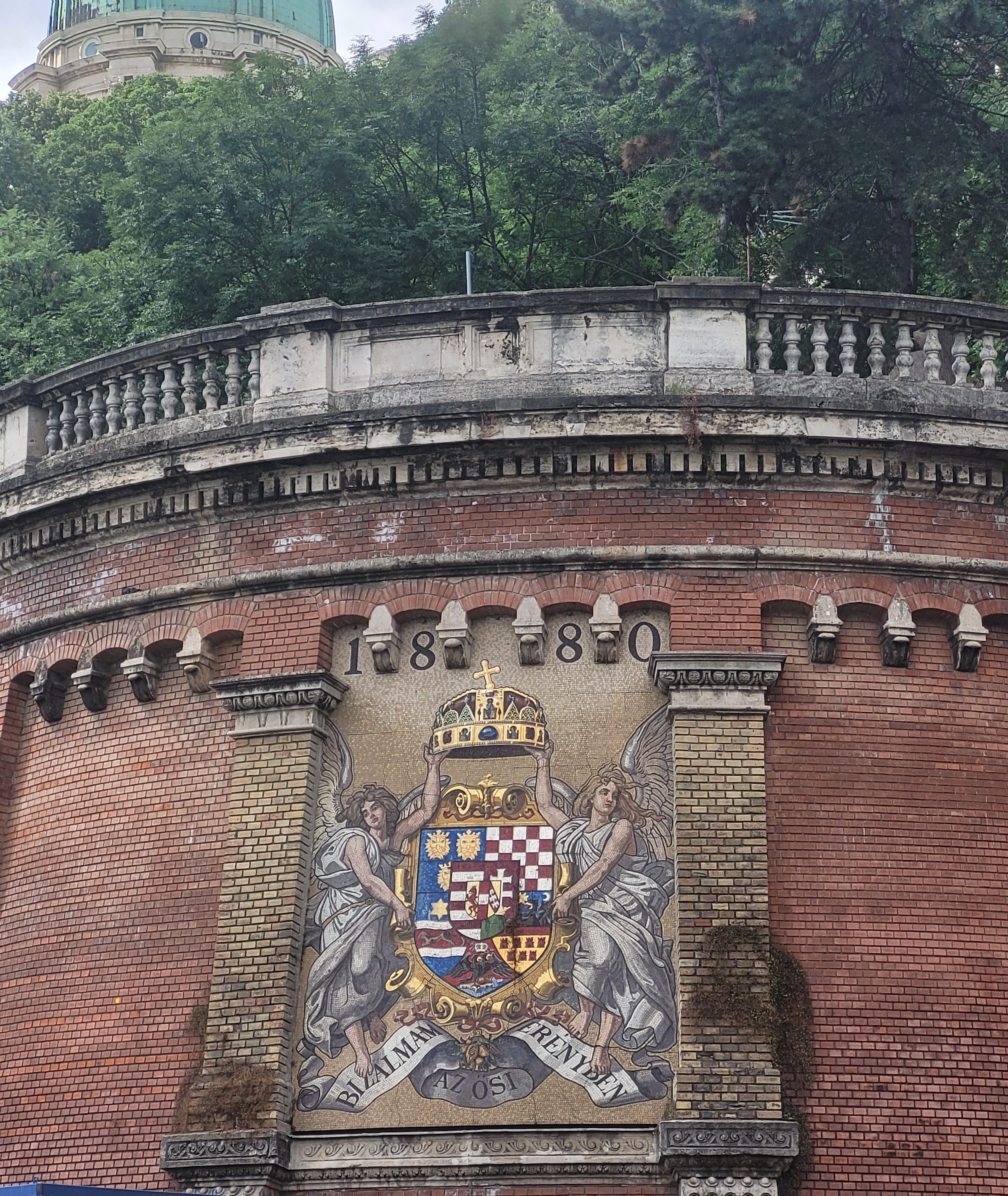
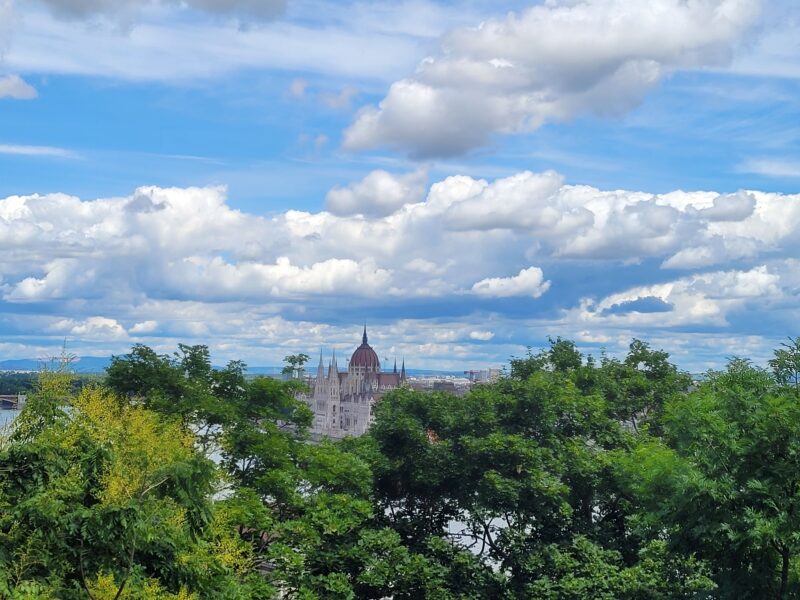
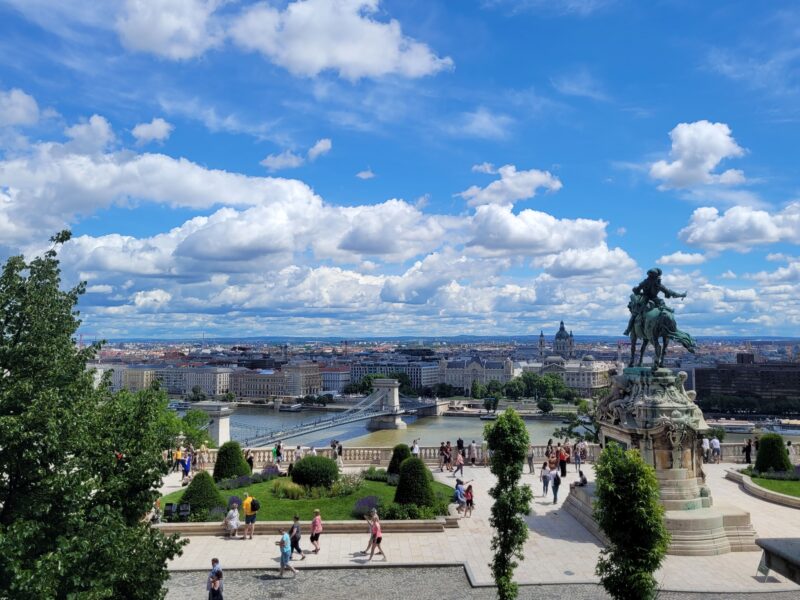
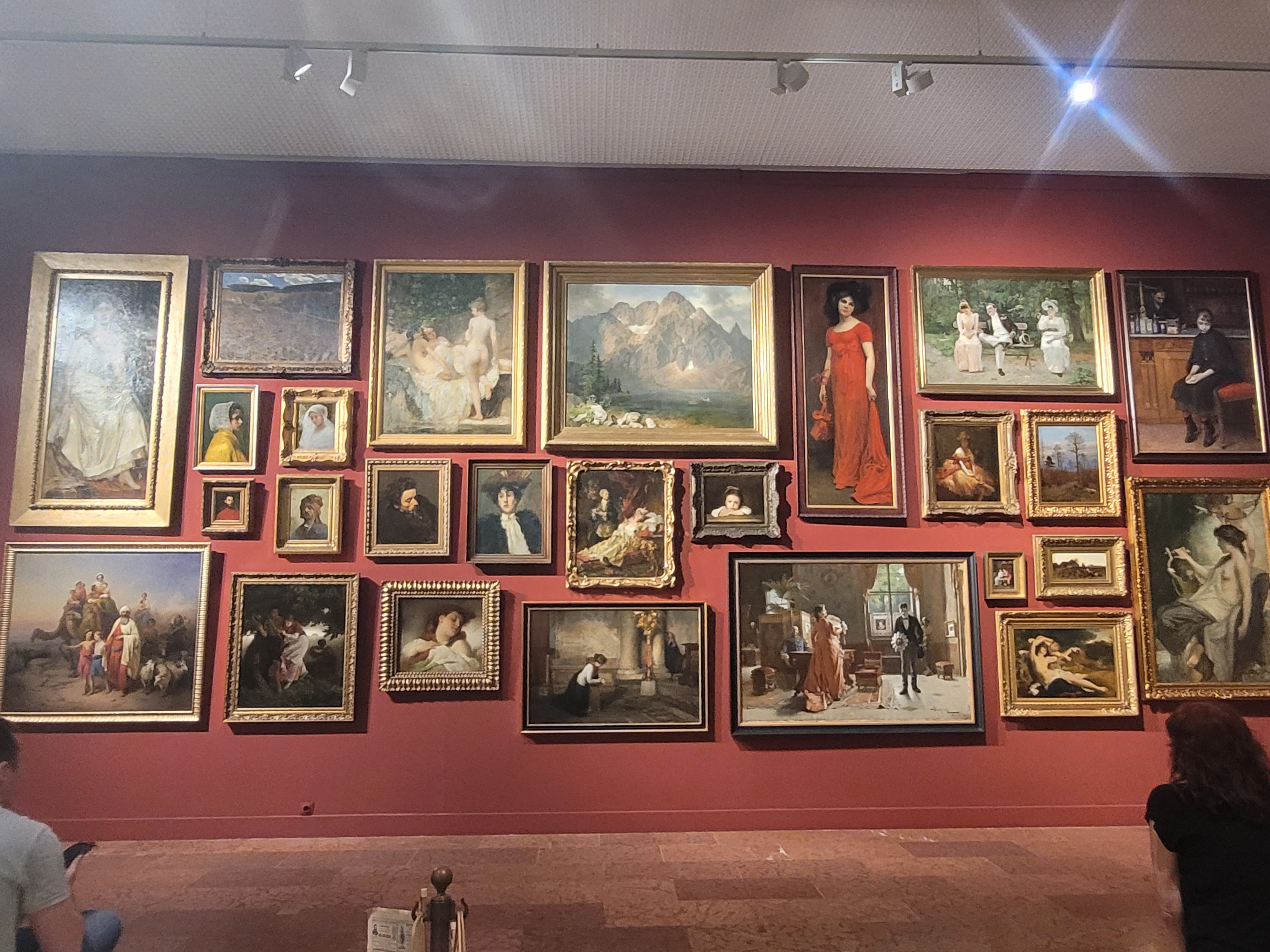
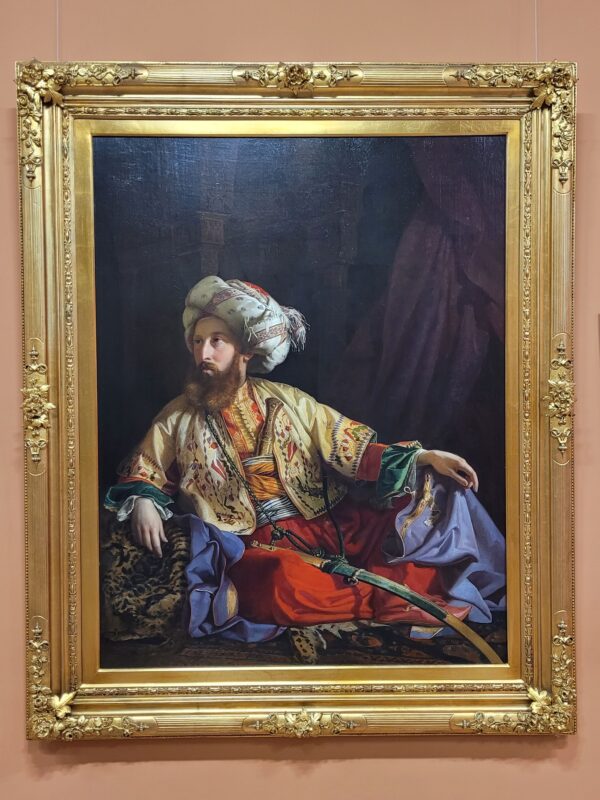
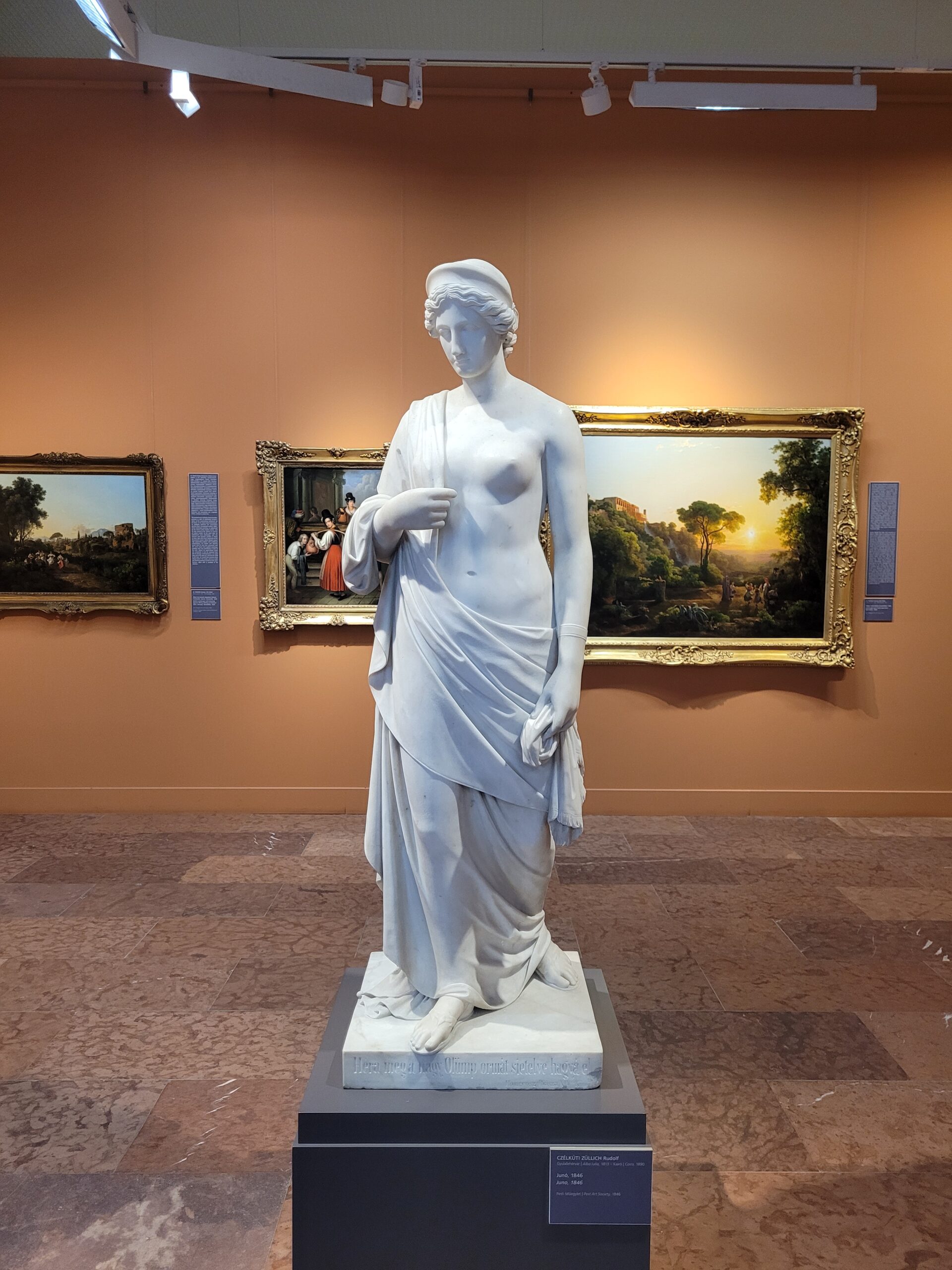
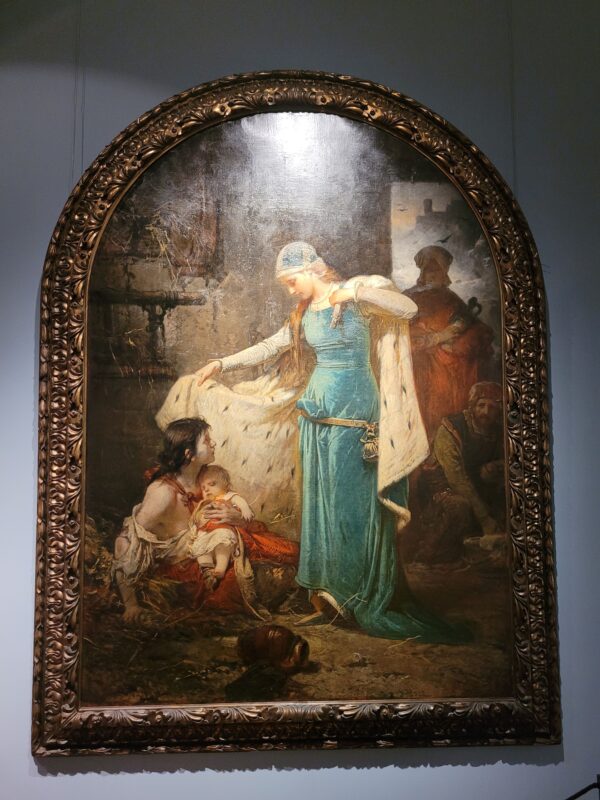
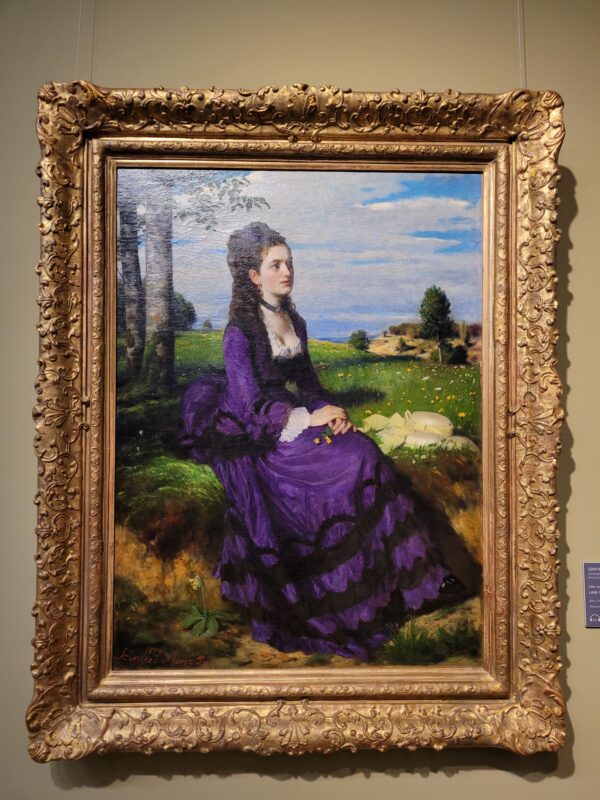
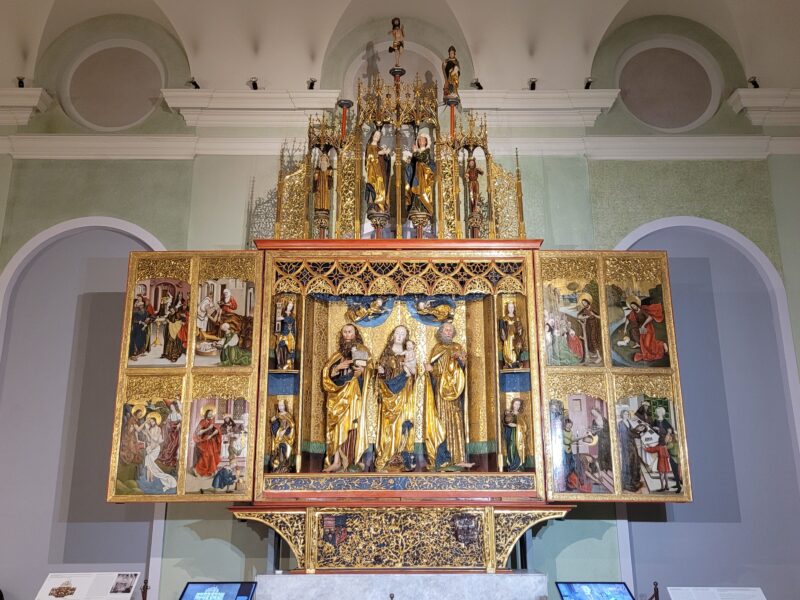
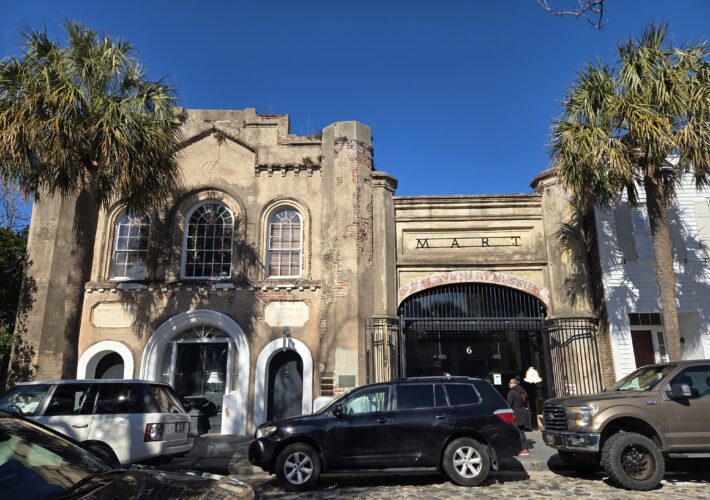
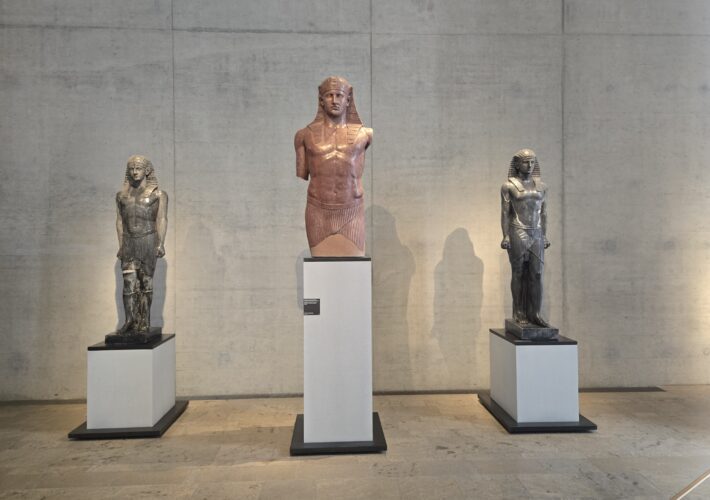
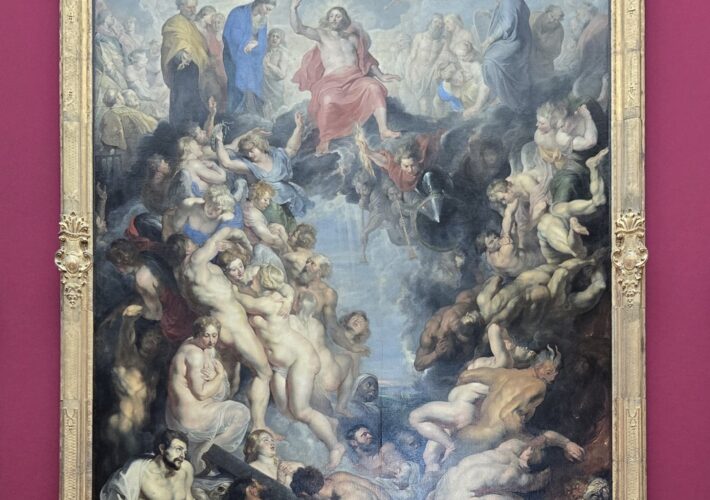


Leave a Comment